Sun, sea and sewage
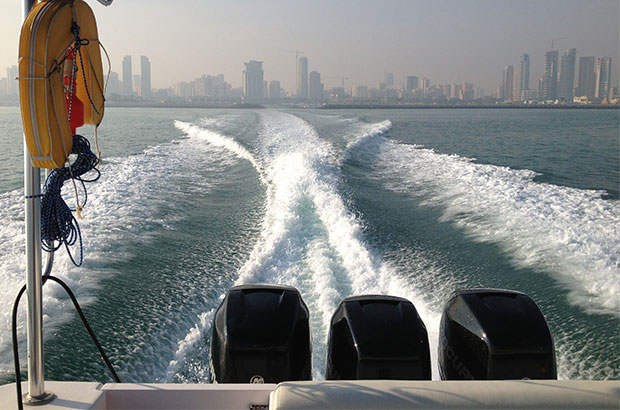
...the uptake and accumulation of chemical contaminants in teleost fish and sharks sampled from Kuwait Bay. Significantly, levels of metal contamination in the extremely rare smoothtooth blacktip shark (Carcharhinus leidon)...

...the uptake and accumulation of chemical contaminants in teleost fish and sharks sampled from Kuwait Bay. Significantly, levels of metal contamination in the extremely rare smoothtooth blacktip shark (Carcharhinus leidon)...
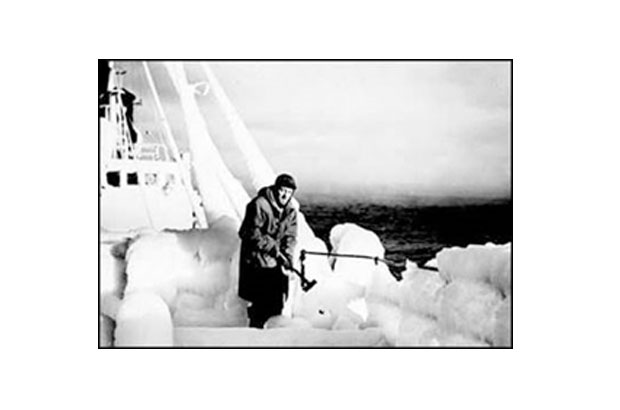
In a series of blog posts we will be showcasing some of the science recently published by Cefas scientists.
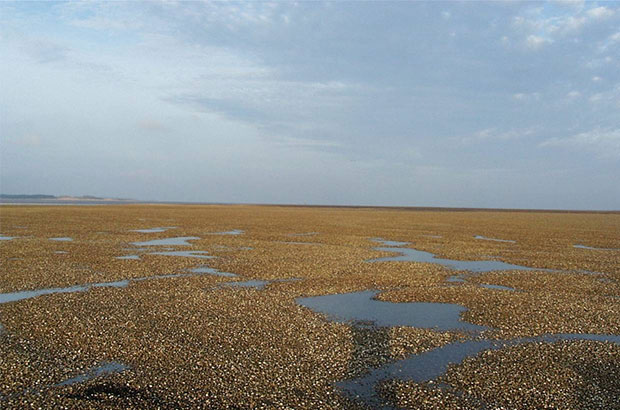
Mortalities in populations of edible cockles (Cerastoderma edule) have been reported across Europe in the past two decades from Spain, Portugal, France, Sweden and the Wadden Sea. Why are they happening?

The Pacific oyster is a popular aquaculture species, and I'm monitoring its distribution in Southampton and Poole.
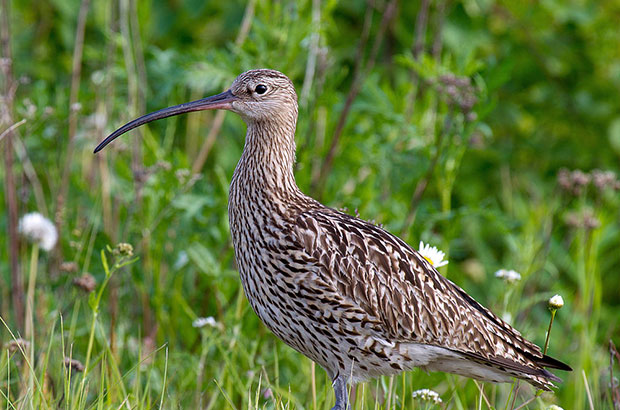
Intertidal areas, such as estuaries, can be both important fisheries and key habitats for wildlife. During winter months, large flocks of wading birds (Order: Charadriiformes) gather to feed within estuaries.
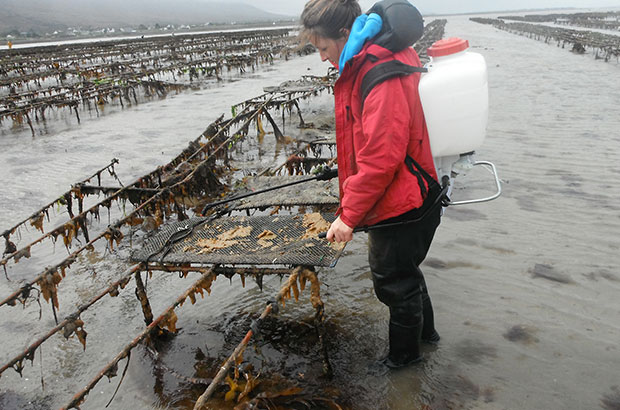
Marine non-indigenous species (NIS) impact wild and farmed shellfish, as they are species which have been introduced into locations outside their natural range.
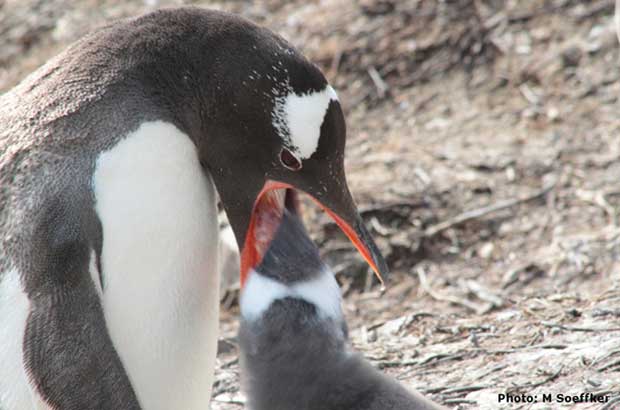
It was January and therefore traditionally the time for a survey of fish stocks around the island of South Georgia, in the Southern Ocean.
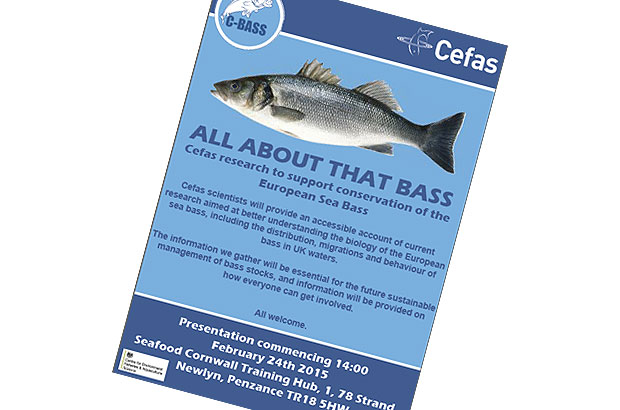
Since our last post, our scientists have been busy with outreach activity. On 24 February, our “All about that bass” presentation was delivered to a packed house of fishers and other stakeholders at the Seafood Cornwall Training Hub in Newlyn.
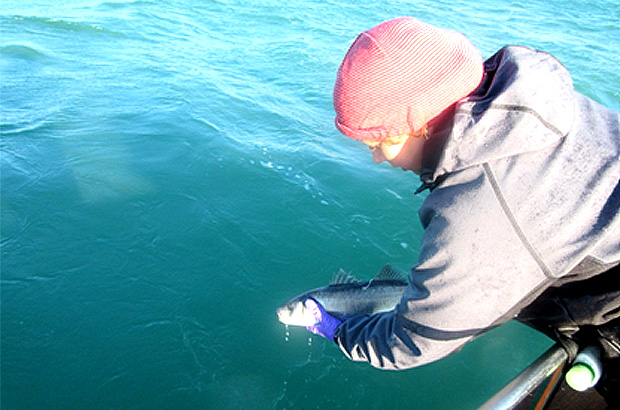
In C-Bass, we are working closely with our French colleagues at Ifremer, who are running a parallel bass research programme called “BARGIP” (“bar” is French for “bass”).
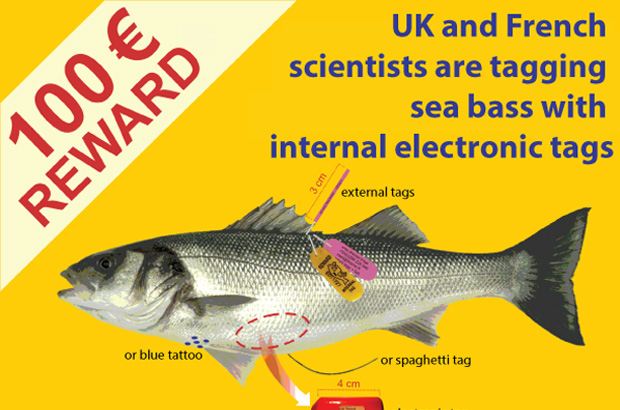
Earlier this year, our first C-Bass Blog described the background and general aims of C-Bass - “Population studies in support of the Conservation of the European sea bass”.